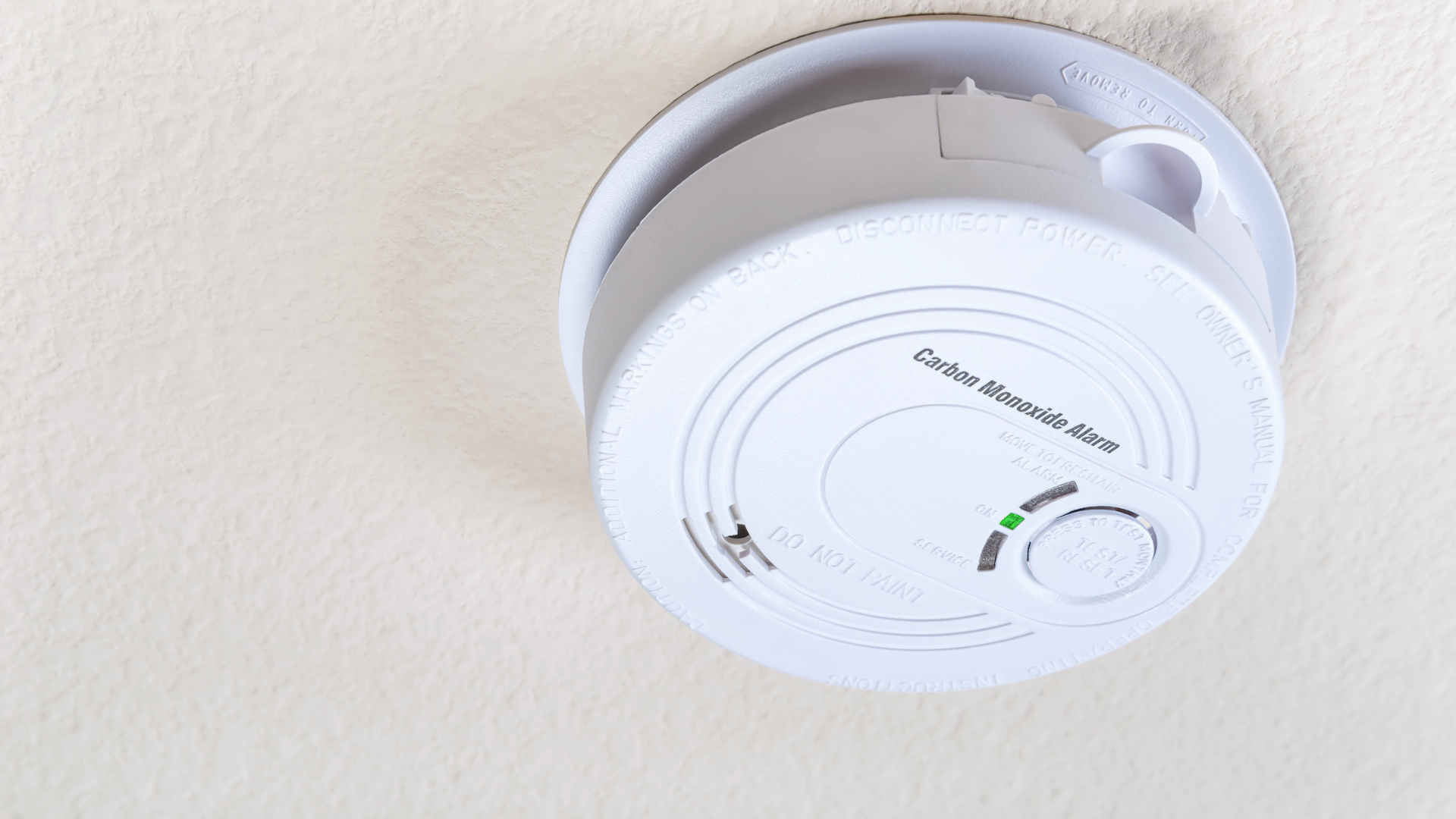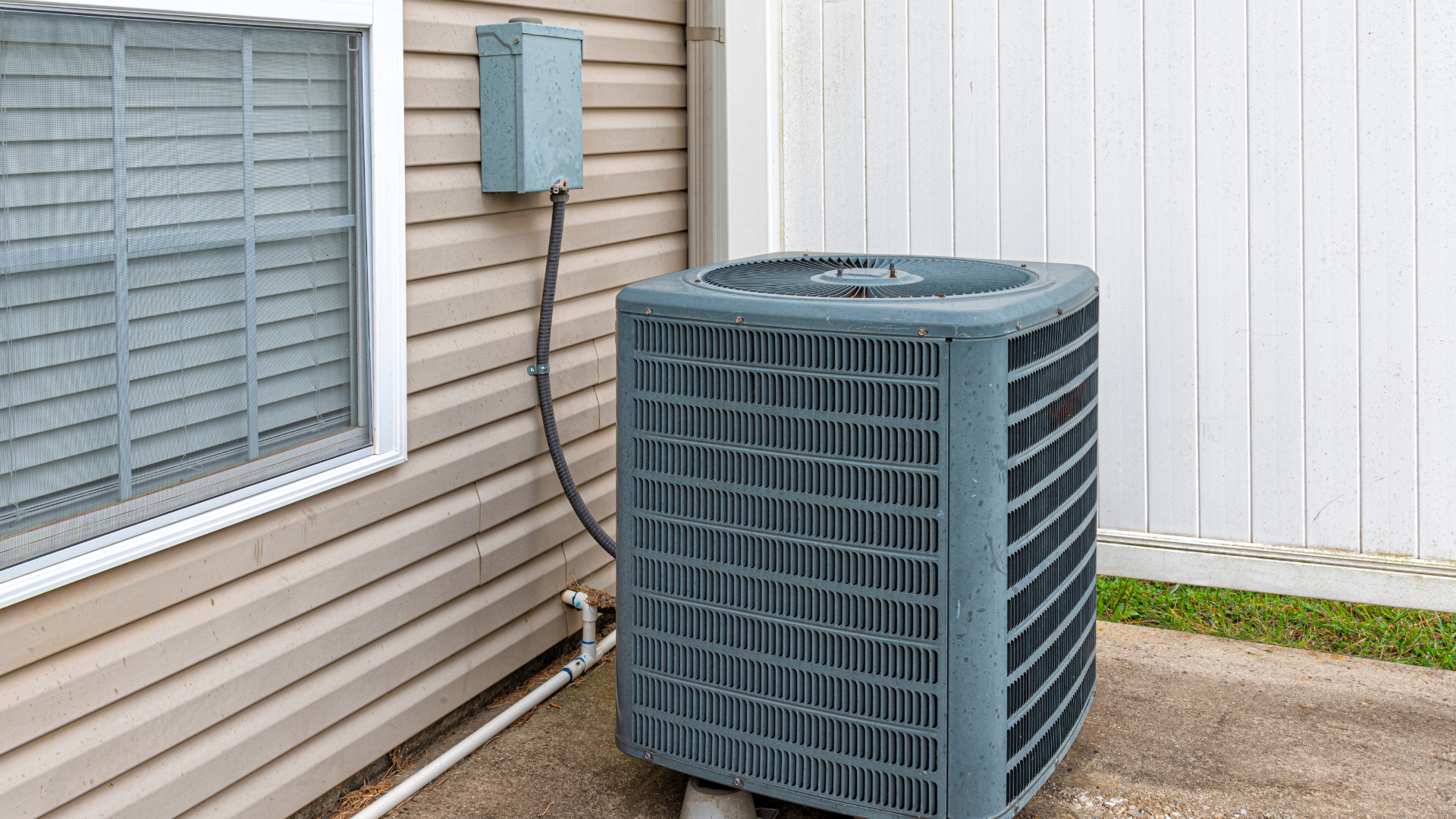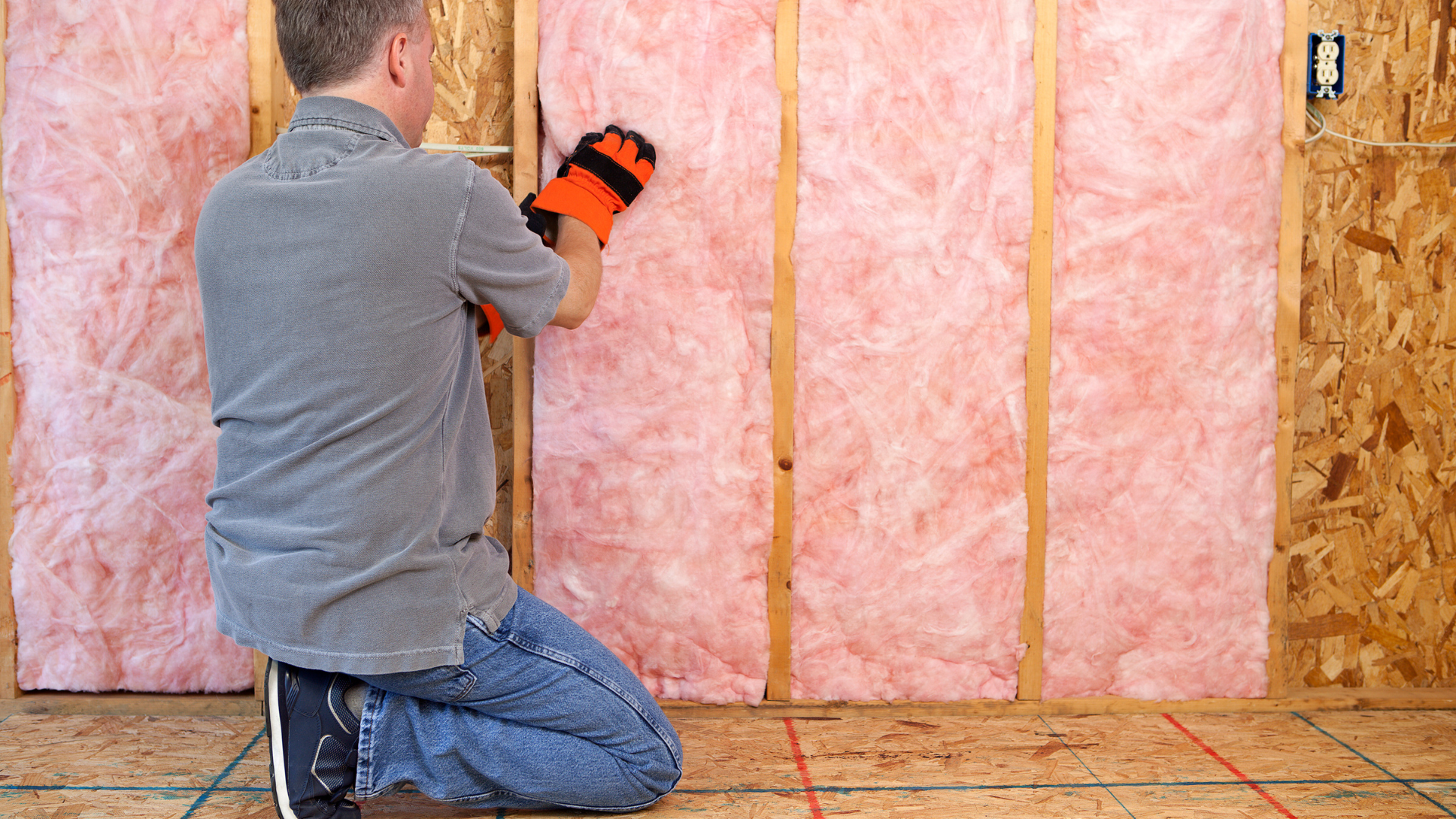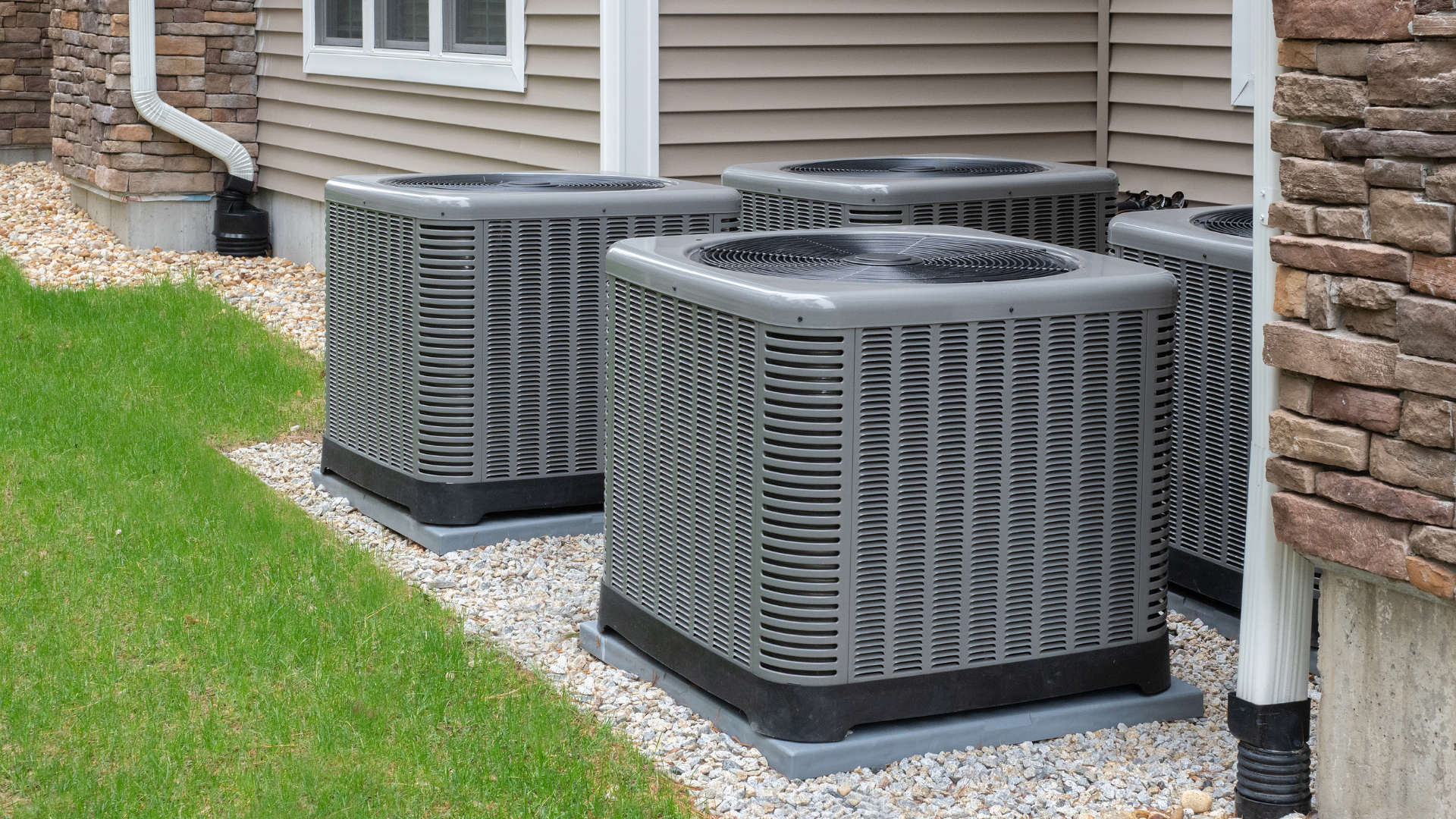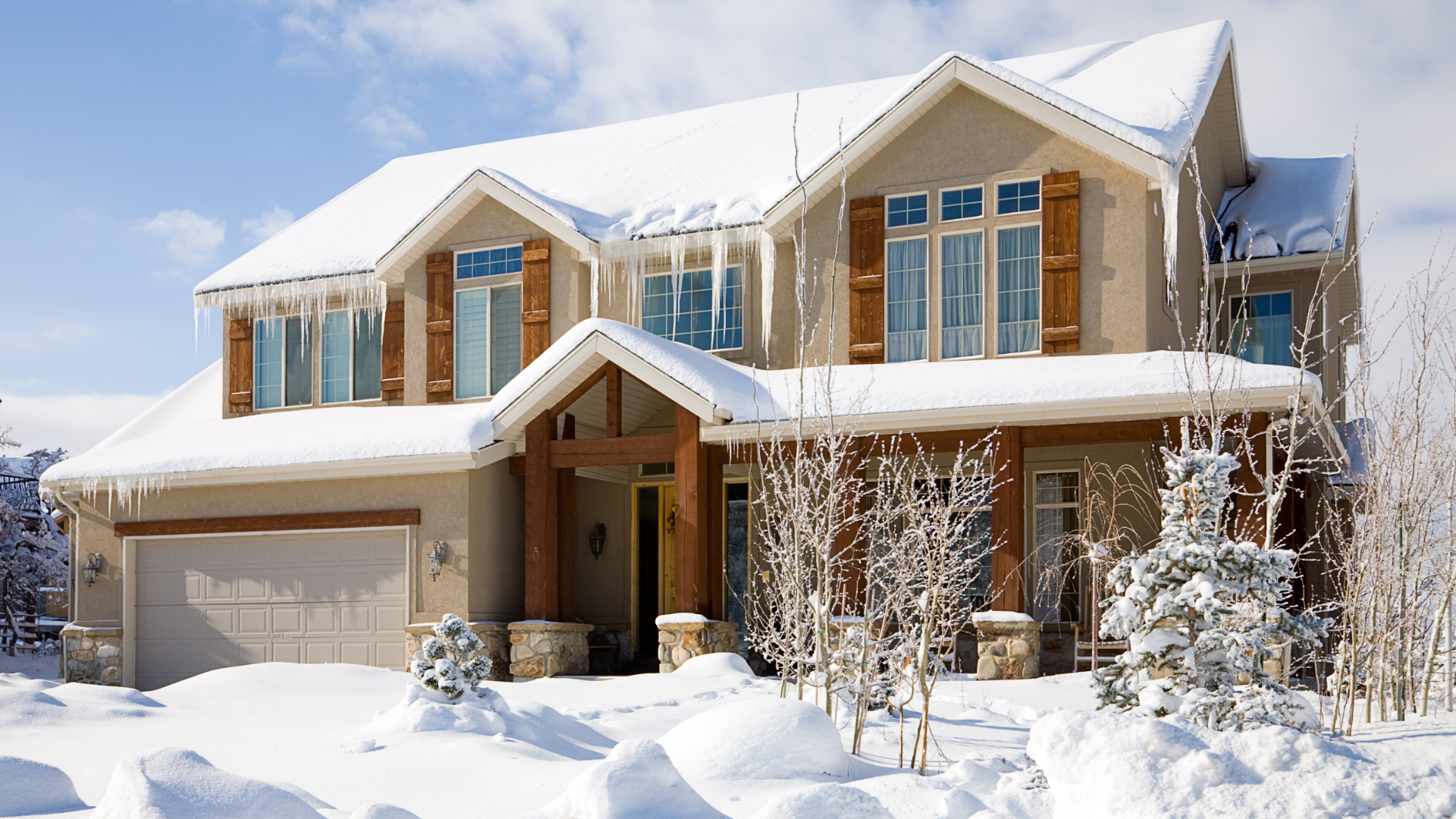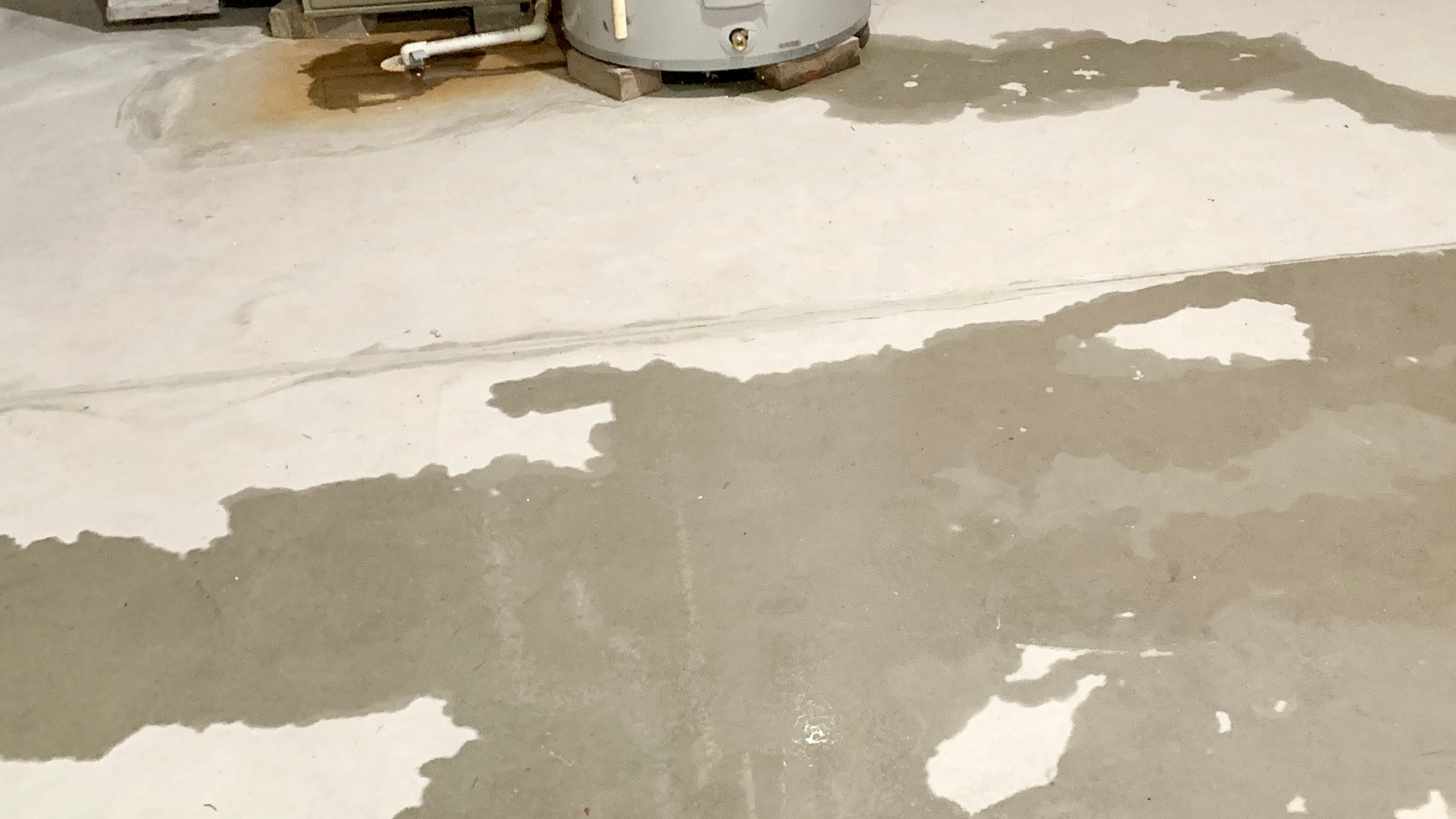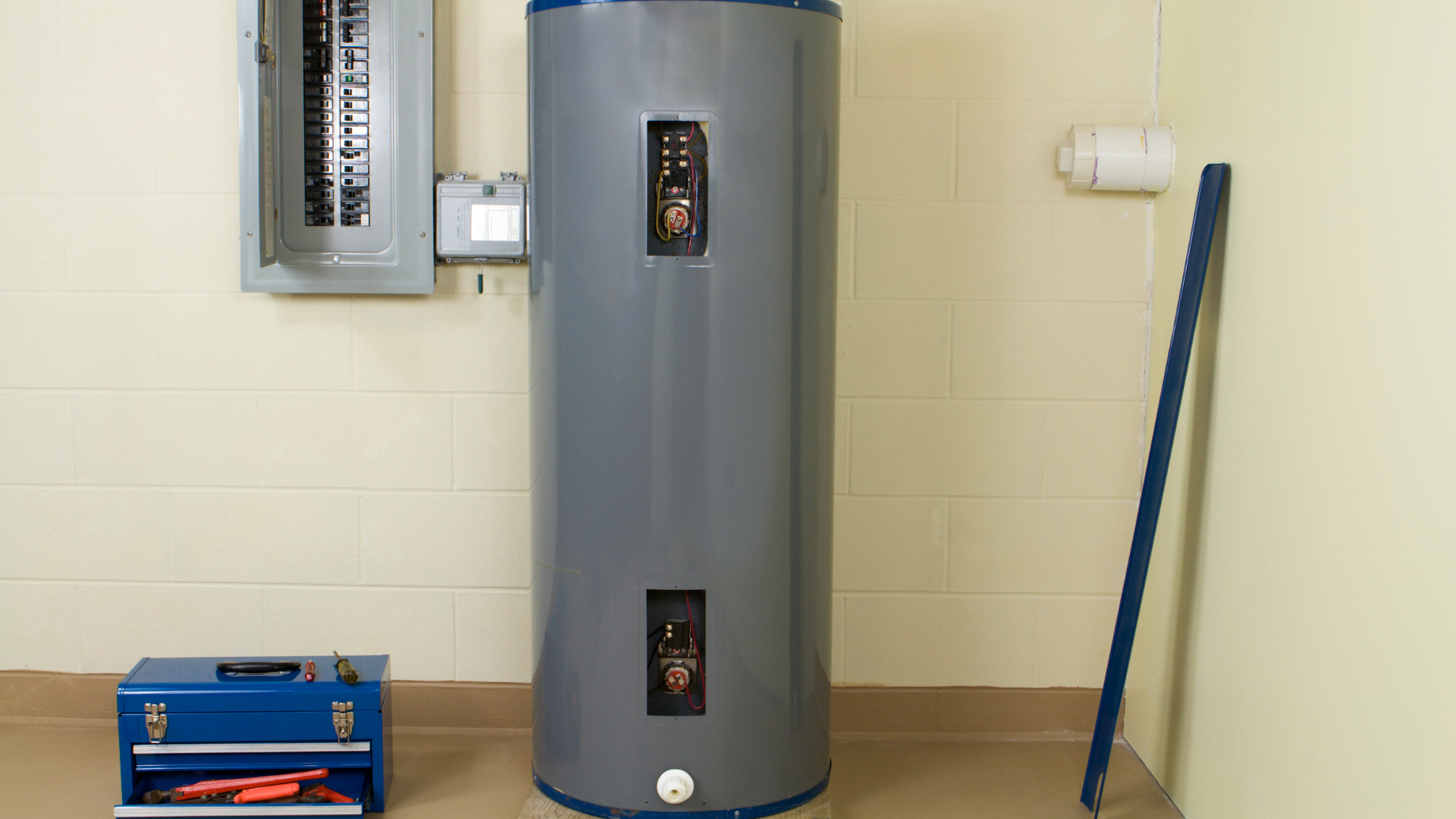Don't Let a Leaky Loo Drain Your Wallet: Understanding and Detecting Toilet Leaks
Understanding and Detecting Toilet Leaks
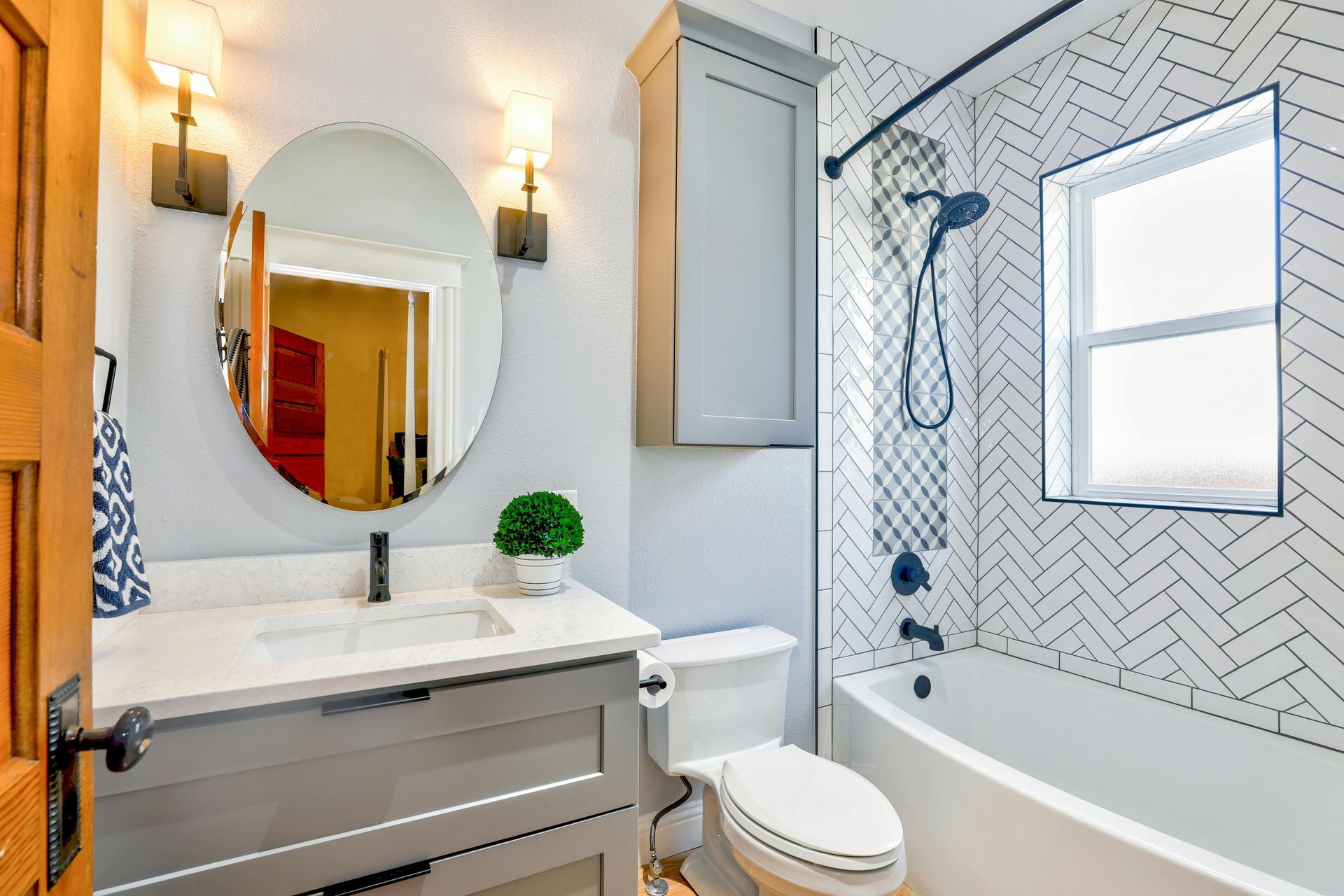
A phantom flush, a constant drip, or an inexplicably high water bill – these are all tell-tale signs that your toilet might be leaking. While a leaky toilet may seem like a minor inconvenience, it can lead to significant water waste, increased utility costs, and even potential damage to your home if left unaddressed. Understanding why toilets leak and how to effectively check for these leaks is crucial for any homeowner.
Why Do Toilets Leak? The Usual Suspects
Toilet leaks typically stem from a few common culprits within the tank or bowl. Identifying the source is the first step towards a successful repair.
- Flapper Valve Issues: The flapper, a rubber or plastic disc at the bottom of the toilet tank, is designed to seal the drain hole and hold water in the tank until you flush. Over time, flappers can warp, crack, or degrade, preventing a tight seal and allowing water to slowly seep into the bowl. The chain connecting the flapper to the flush lever can also be too short or tangled, holding the flapper slightly open.
- Fill Valve Problems: The fill valve (also known as the ballcock) controls the water entering the tank after a flush. If the fill valve is set too high, water will continuously overflow into the overflow tube, even when the tank is full. A faulty fill valve can also fail to shut off completely, leading to a constant trickle.
- Worn Tank-to-Bowl Gasket: This gasket, located between the toilet tank and the bowl, creates a watertight seal. With age, these gaskets can deteriorate, allowing water to escape from the tank and pool around the base of the toilet.
- Loose or Cracked Bolts: The bolts that secure the toilet bowl to the floor, or the bolts that connect the tank to the bowl, can loosen over time. This can cause a wobble and compromise the seals, leading to leaks. A cracked bowl or tank, though less common, will also obviously lead to significant leaks.
- Faulty Wax Ring (Bowl to Floor Seal): This often-overlooked culprit is a wax ring that seals the connection between the base of the toilet and the drainpipe in the floor. If this ring is old, damaged, or improperly installed, water can leak from the base of the toilet every time it's flushed. This type of leak can be particularly insidious as it often goes unnoticed until significant water damage has occurred to the subfloor or ceiling below.
How to Check for a Toilet Leak: Your DIY Inspection Guide
Fortunately, most toilet leaks are relatively easy to detect with a few simple steps.
- The Dye Test (for Flapper or Fill Valve Leaks): This is the gold standard for checking internal leaks.
- Remove the lid from your toilet tank.
- Add a few drops of dark food coloring (or a dye tablet specifically designed for leak detection) to the water in the tank. Do not flush the toilet.
- Wait about 15-30 minutes.
- If you see any colored water in the toilet bowl, you have a leak. The most likely culprits are the flapper valve or the fill valve. If the water is continually running into the overflow tube even after the tank is full, it's likely a fill valve issue. If the water level in the tank slowly drops and you see colored water in the bowl without the overflow, it's a flapper issue.
- Listen Carefully: Sometimes, a subtle hiss or a constant trickling sound can indicate water running into the bowl, even when the toilet isn't being flushed. This is often a sign of a fill valve issue or a slow flapper leak.
- Inspect Around the Base of the Toilet:
- Feel around the base of the toilet bowl with a dry paper towel or your hand. Any moisture indicates a leak.
- Visually inspect the floor around the toilet for puddles or damp spots.
- If you notice consistent dampness or discoloration around the base, especially after flushing, it's a strong indicator of a faulty wax ring or a loose toilet.
- Check the Tank-to-Bowl Connection:
- Look at the area where the tank connects to the bowl. Are there any visible drips or signs of moisture?
- Gently try to rock the tank. If it's loose, the bolts may need tightening, or the gasket may be compromised.
- Examine the Supply Line:
- Trace the water supply line from the wall to the bottom of the toilet tank.
- Check for any drips or moisture at the connections. Tighten any loose fittings but be careful not to overtighten.
Pro-Tip: When in Doubt, Call a Pro!
While these DIY checks can help you pinpoint many common toilet leaks, some issues may require the expertise of a professional plumber. If you're uncomfortable performing these checks, or if you've identified a leak but aren't confident in your ability to fix it, don't hesitate to call a licensed professional. Addressing a toilet leak promptly can save you money on water bills, prevent costly water damage, and ensure the longevity of your plumbing system.
While tackling a toilet leak yourself can save on labor costs, many homeowners opt for the peace of mind and expertise of a professional plumber. The cost of having a plumber repair a leaking toilet can vary significantly depending on the nature of the leak, the parts needed, and your geographic location. For simple fixes like a faulty flapper or a misadjusted fill valve, you might expect to pay anywhere from $100 to $400. However, if the issue is more complex, such as a failing wax ring that requires removing and re-seating the toilet, or a crack in the tank or bowl, the cost can range from $200 to $600 or more. Plumbers typically charge a flat rate per task based on an hourly rate of between $75 and $200 and the cost of parts. Remember that the time used to generate this price is based on averages. Some plumbers (especially the more experienced ones) are more efficient than the after so you may pay the same regardless of it takes him more or less time to do the repair. Some may also have a service call fee, which might be waived if you proceed with the repair. Getting a few quotes from local, licensed plumbers is always recommended to ensure you receive a fair price for the necessary repairs.
Click Another Article to Read More


